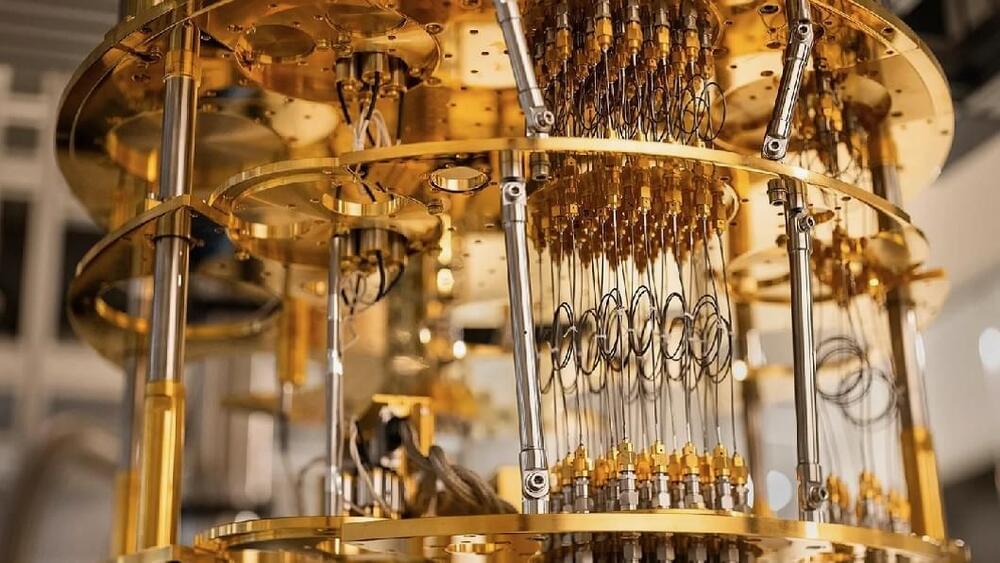Sep 14, 2023
Tesla’s Dojo supercomputer could fuel a $500 billion jump
Posted by Gemechu Taye in categories: Elon Musk, energy, finance, supercomputing
Morgan Stanley released a report Monday, predicting a semiconductor-driven hopeful outlook for Musk’s company.
Tesla’s shares were up 9.5 percent yesterday. But what drove them up?
The investment banking firm issued a research note that upgraded the Elon Musk-owned automotive company’s rating from ‘equalweight’ to ‘overweight’ with a price target of $400 from a prior price target of $250. An ‘overweight’ rating means that the analysts, in this case Morgan Stanley (MS), expects Tesla’s stock to outperform its industry in the market.
Continue reading “Tesla’s Dojo supercomputer could fuel a $500 billion jump” »

















